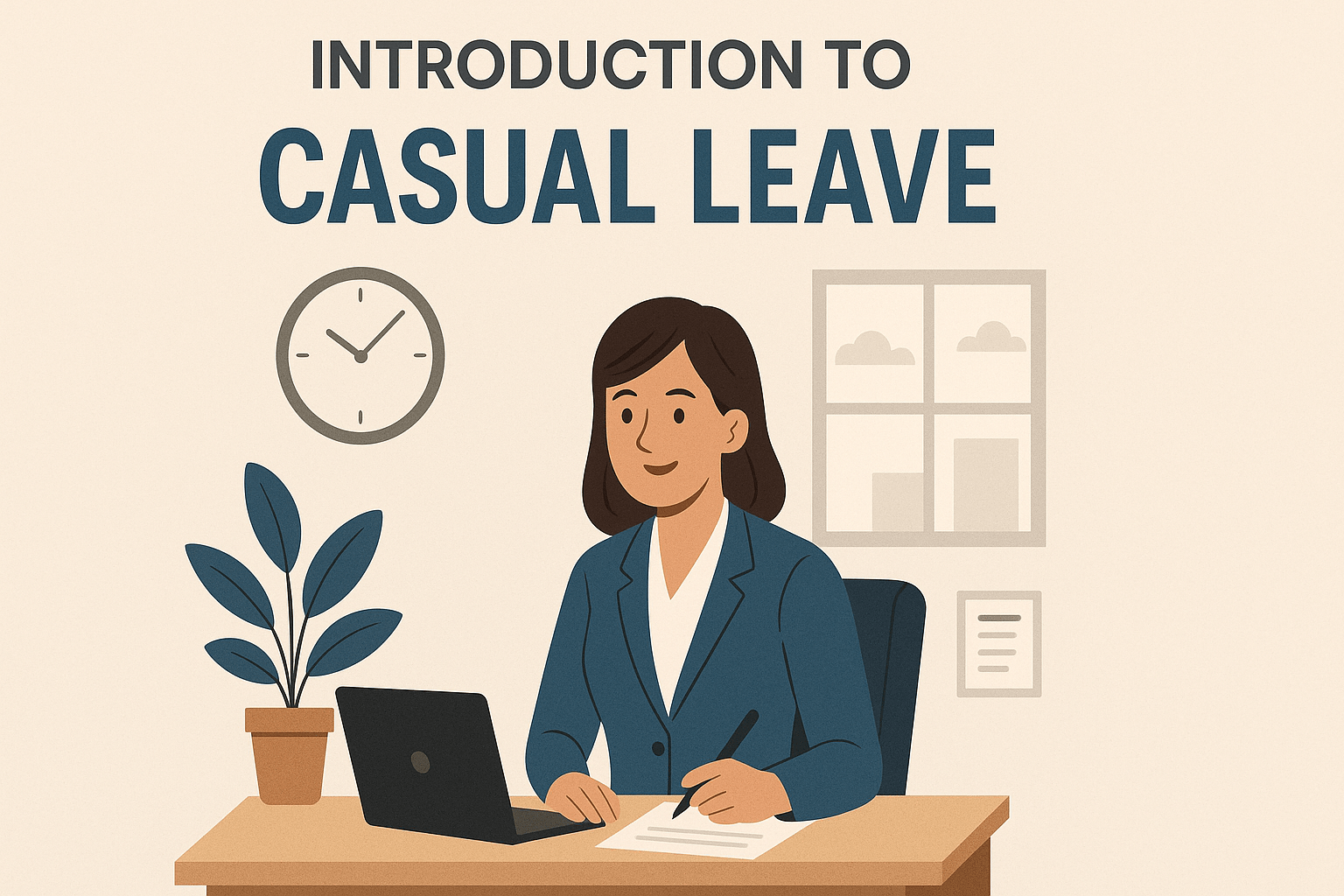Though the pandemic is far from over, lockdown restrictions in the UK have been lifted and lots of people are eager to take a well-deserved holiday. What’s more, lots of employees have been saving their annual leave allowance for when they’re able to take a proper vacation.
However, while this is great news, this also means a lot of businesses are going to have to navigate the unprecedented backlog of annual leave that their employees are entitled to. Many companies will find themselves in situations where too many employees will request holidays at the same time. This will pose a challenge as businesses attempt to balance operational considerations with the need to treat their employees fairly, as well as legally.
With this in mind, this post discusses how to manage the annual leave backlogs and bottlenecks your company may encounter.
Annual leave carry over
The main contributor to potential holiday backlogs and bottlenecks is the change to rules regarding annual leave carry over.
As per the Working Time (Coronavirus) (Amendment) Regulations 2020, employees can carry over up to four weeks of annual leave over the next two years. This means that businesses could have staff with as much as double the amount of time off to play with as usual.
This is then exacerbated by the fact that, by and large, everyone’s ability to take a holiday has been hampered by lockdown restrictions. Sure, lots of employees will have taken a day off here and there while working from home, but as they were forced to spend their leisure time in the same place they work, it’s not the same.
Most significantly, it’s not as psychologically nourishing and physically replenishing as taking a proper holiday. This all amounts to your staff being highly motivated to save up their annual leave entitlement for when they truly get to enjoy it.
Consequently, this all adds up to a situation where many employees have lots of holiday days to take and could request it at the same time as their colleagues. However, if companies authorise too many of these requests, it could lead to operational problems, as they’ll be an insufficient number of employees doing their jobs – and at a time when lots of organisations are struggling as it is!
Ways to manage annual leave backlogs and bottlenecks
Communicate
Above all, communicate clearly with your staff in regards to them taking annual leave. Explain that there may be situations where the company might have to refuse their annual leave request. More importantly, make it abundantly clear that this isn’t done lightly: that you empathise with them – what they’ve been through and still going through. Communicate that you understand their need – and right – to time off.
But then also explain that if you were to authorise all their requested leave, there might not be a company for them to come back to! Communicating clearly and often shows that you’re not making rules up as you go along or, worse, victimising them by refusing their request for time off.
Request that staff take leave
You could, quite simply, ask some of your employees to take annual leave to help clear the backlog. This is especially plausible for businesses who typically have quieter periods or are now less busy due to COVID-19 and don’t require as many hands on deck.
You might have provisions in your employment contracts that enable you to request that staff take time off, at certain times of the year, such as Christmas. Alternatively, you can rely on statutory notice provisions whereby you’re required to give twice the amount of notice as the length of holiday you want the employee to take, e.g., 2 weeks’ notice to take a week of annual leave. In any case, you’re well within your legal rights to ask employees to use some of their annual leave.
Now, despite this, it’s understandable that you may be reluctant to employ this measure – for the sake of employee relations and morale – but it’s something you can fall back on if you need to. Just be clear about your reasons and that it’s for the good of the company.
Buy back holiday
If you provide annual leave in excess of the minimum statutory entitlement, you could offer to buy back a few holiday days, i.e., paying employees for the monetary value of the leave instead of them taking the time off. This option could end up being mutually beneficial, particularly for employees who are experiencing financial strain and would prefer the increased renumeration than the time off.
ScheduleLeave’s staff holiday planner is an invaluable tool for keeping track of your staff’s outstanding annual leave entitlements and getting ahead of backlogs and potential bottlenecks. Sign up for your free trial today.




